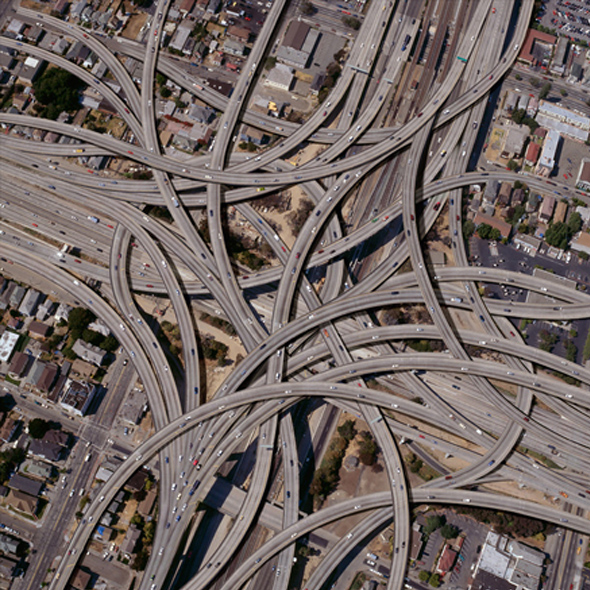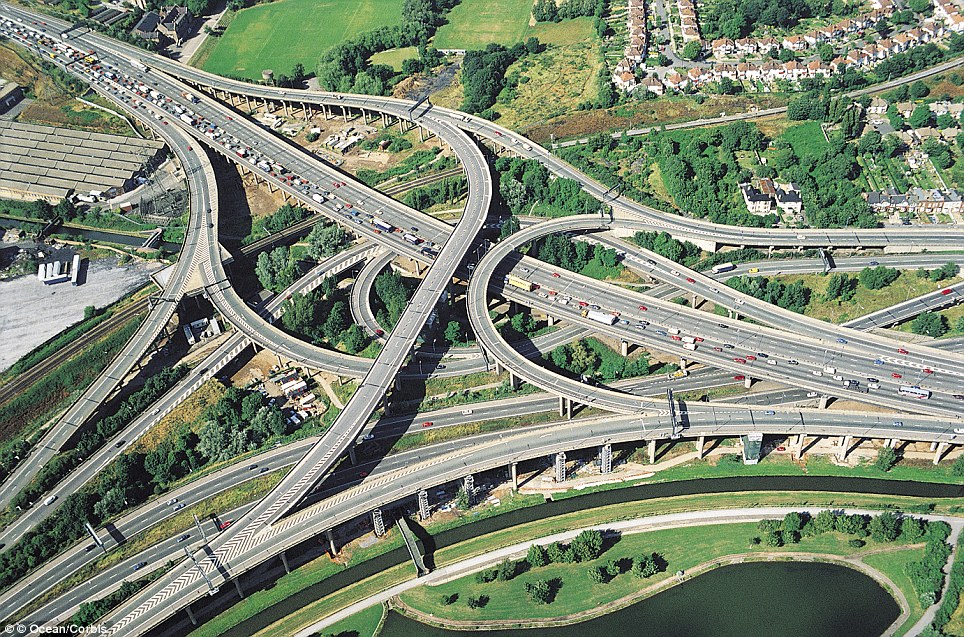IIRC the Big Four were already handicapped at inception thanks to the government - the railways being taken into state control during the Great War, run at maximum capacity with the minimum maintenance and repair necessary, and then the railway companies got screwed over how much the government would pay them in compensation after the war, the already questionable compensation level actually being cut further at Treasury insistence. You can't really avoid the five years 'stasis' unless you avoid World War I so no great expansions or major new developments, but keeping things in better condition and paying a decent settlement at the end of the war would have put them in a much better footing.
The railways were further handicapped post-1919 by the British Government refusing to release the Big Four railway companies from their obligations as "common carriers", a measure brought in when the railways had a de-facto monopoly on land transport to stop them "cherry-picking" the most profitable freights & leaving the less-valuable ones to find alternate means. This forced them to carry freight goods at nationally-agreed rates set below the level at which they could make a profit. This had the knock-on effect of the less-profitable cargoes effectively being subsidised by the more-profitable ones.
Meanwhile, the fledgling road haulage industry, already subsidised by the cheap sales of thousands of government war-surplus vans & lorries, were under no such restrictions & were free to set their own rates for different types of cargoes on the expanding road networks, which were themselves subsidised by local authorities. It wasn't until 1934 that the Government removed some of the restrictions on rail freight along with introducing licencing & safety regulations for road hauliers & an increase in vehicle excise duty to pay for further road improvements. This levelled out the field & seemed to be working... until September 3rd 1939.
When WWII came along, the same thing happened again; the railways were taken under government control & basically run into the ground with insufficient compensation paid post-war. Basically, the "Big Four" were bankrupt; they faced huge bills for repairs & upgrades that there wasn't enough funds to cover. The railways were nationalised into British Rail as much to allow for central planning as to make good the wartime neglect.
Getting the Northern & Western motorway approved in 1923 (a very early M6?), you'd need to convince the Government to take charge & centralise planning of the proposed national road network much earlier, study what the needs actually are, allocate priorities for the division of haulage & transport travel between road & rail AND make allowances for future expansion. Said future expansion to be based on the perception that ownership of a motor vehicle would undergo a massive expansion that was almost unthinkable in that time period.
To get the early motor transport companies interested, you'd have to first get them thinking about long-distance freight traffic from & to centralised depots in different cities & nationwide instead of fairly local trips... which was thirty years or more developing OTL.
You'd also need to sound the death knell of the railway companies early... & they were bigger business with more government influence.
You might just about get motorway standard two-lane roads... four-lane near the busiest cities. Six- or eight-lane is totally ASB, IMO.

